Grass, the unsung hero of gardens and landscapes, often falls victim to neglect and environmental stress, resulting in unsightly patches of dead turf. This blog post delves into the art of lawn revival, addressing the common missteps that lead to a lawn’s demise. By understanding the intricate balance of water, nutrients, and care, homeowners can transform their lackluster lawns into lush, vibrant carpets of green. The journey to revive dead grass is not just about aesthetic appeal but also about nurturing a healthy, sustainable ecosystem right in the backyard.
Contents
Water Properly
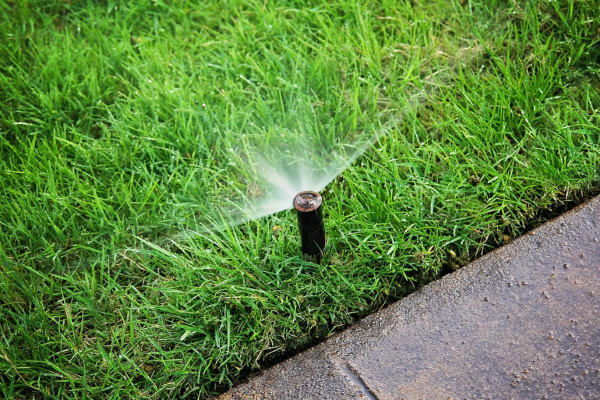
Proper watering is the lifeline of a thriving lawn, yet it is one of the most misunderstood aspects of lawn care. Overwatering can be just as detrimental as drought, leading to shallow root systems and a vulnerable lawn. The key lies in deep, infrequent watering sessions that encourage roots to grow deeper, seeking moisture and nutrients. This practice not only fortifies the grass against dry spells but also optimizes water usage, a critical aspect in regions facing water scarcity or restrictions.
On the flip side, understanding the lawn’s hydration needs prevents the pitfalls of underwatering. Brown, dry patches signal distress, a cry for hydration. However, the revival isn’t as simple as turning on the sprinklers; it requires a strategic approach. Watering in the early morning minimizes evaporation and allows the soil to absorb moisture deeply. Adapting to the lawn’s changing needs across seasons and weather conditions ensures that the grass isn’t left gasping for water or drowning in excess.
Aerate The Soil
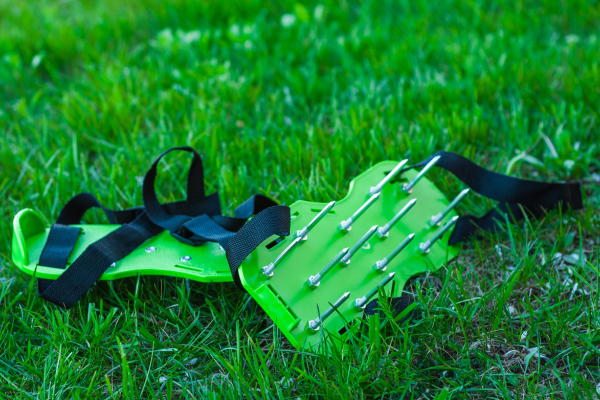
Compacted soil is a silent killer of lawns, choking the roots and preventing essential airflow, water, and nutrients from penetrating the soil. Aeration, the process of puncturing the soil with small holes, breathes life back into suffocated lawns. This rejuvenating process is particularly crucial for lawns subjected to heavy foot traffic or heavy clay soils, conditions that compact the soil and stifle root growth.
The benefits of aeration are multifaceted. It not only improves water absorption, preventing runoff and puddling but also facilitates the penetration of fertilizers, enhancing their effectiveness. Moreover, aeration combats thatch buildup, a layer of dead grass and roots that if left unchecked, can harbor pests and diseases. By incorporating aeration into lawn care routines, especially during the growth seasons of spring and fall, homeowners can ensure their grass has the breathing room it needs to grow lush and resilient.
Fertilize Appropriately
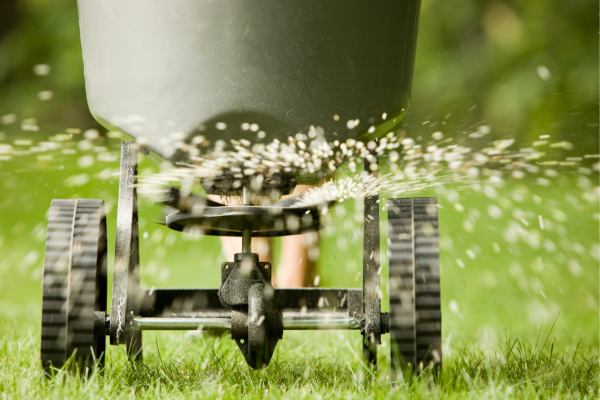
The role of fertilizers in nurturing a lawn back to health cannot be overstated. These nutritional supplements are pivotal in replenishing essential nutrients that might have been depleted from the soil. A well-fertilized lawn not only exhibits vigorous growth and a vibrant green hue but is also more resistant to pests and diseases. However, the key is to use the right type of fertilizer, in the right amount, and at the right time. Excessive or ill-timed fertilization can lead to nutrient runoff, environmental pollution, and even damage to the lawn itself.
Understanding the nutritional needs of the grass is the first step towards effective fertilization. Typically, lawns require nutrients like nitrogen for leaf growth, phosphorus for root development, and potassium for overall health. Slow-release or timed-release fertilizers are often recommended as they provide a steady supply of nutrients over a longer period. Application should align with the growing seasons, usually in the early spring and fall, to support the lawn’s natural growth cycle. By adhering to these guidelines, homeowners ensure that their grass receives the sustenance it needs without the adverse effects of over-fertilization.
Control Weeds And Pests
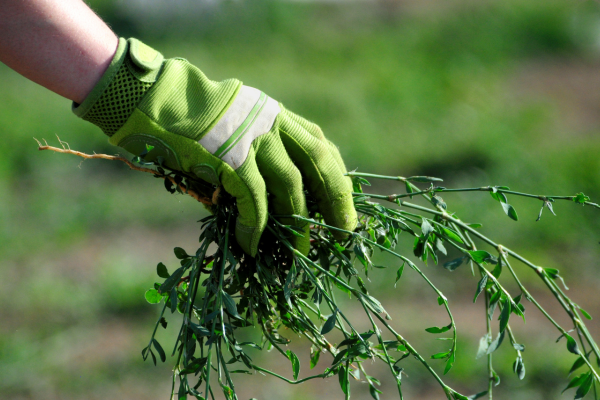
A lawn besieged by weeds and pests is not only unattractive but also indicative of underlying health issues. Weeds compete with grass for vital resources like sunlight, water, and nutrients, often emerging victorious due to their hardy nature. Similarly, pests such as grubs or chinch bugs can wreak havoc beneath the surface, nibbling away at roots and creating unsightly patches. Effective weed and pest control is thus a cornerstone of lawn recovery, involving both prevention and cure.
Integrated pest management strategies offer a sustainable approach to dealing with these unwelcome intruders. This involves regular lawn inspections to catch problems early, proper identification of weeds and pests, and choosing the appropriate control method, whether it’s mechanical removal, natural predators, or chemical treatments. However, caution is advised when using herbicides or pesticides, as improper application can harm the lawn and the environment. By adopting a balanced and informed approach to weed and pest control, the lawn can be safeguarded against these relentless invaders.
Reseed Or Resod
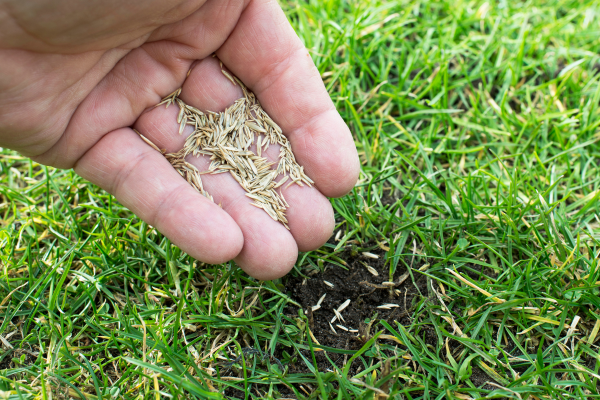
There are instances where despite best efforts, patches of lawn remain stubbornly bare or dead. In such cases, reseeding or resodding might be necessary to restore the lawn’s aesthetics and health. Reseeding involves spreading grass seeds over the affected areas, a method well-suited for minor damage or thinning lawns. It’s cost-effective and allows for a blend of grass varieties that can enhance the lawn’s resilience and appearance. Conversely, resodding involves laying down pre-grown grass, offering an instant solution to severe lawn damage.
The choice between reseeding and resodding depends on the extent of damage, budget considerations, and the desired speed of recovery. Reseeding, while economical, requires patience and meticulous care, including proper soil preparation, choosing the right seed mix, and ensuring consistent moisture for seed germination. Resodding, though more immediate, demands careful soil preparation and aftercare to ensure the new sod establishes firmly. Regardless of the method, the goal remains the same: to infuse new life into the lawn and restore its lush, green splendor.
Adjust Soil pH
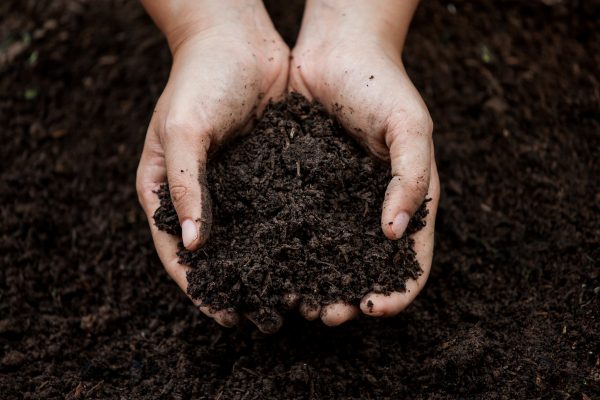
The pH level of the soil, a measure of its acidity or alkalinity, can have profound effects on lawn health. Grasses generally thrive in slightly acidic to neutral soil (pH 6-7). When the pH strays too far from this range, it can hinder the grass’s ability to absorb nutrients, leading to poor growth and discoloration. Regular testing of soil pH is therefore crucial, allowing for timely adjustments to create an optimal growing environment for the grass.
If the soil is too acidic, applying lime can help raise the pH, while sulfur can be used to lower the pH of alkaline soils. However, these adjustments should be made gradually and based on the recommendations from a reliable soil test. It’s also important to consider that changes in soil pH affect microbial activity and nutrient availability, making it imperative to approach pH adjustment with care and precision. By maintaining the correct soil pH, the lawn is better equipped to absorb nutrients, ward off diseases, and flourish.
Mow Regularly
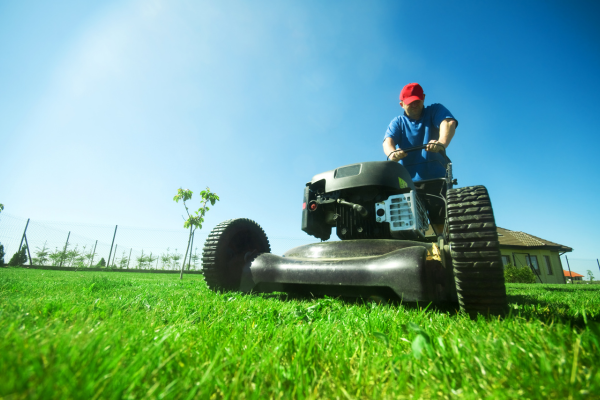
Regular mowing is not just about maintaining a neat appearance; it plays a pivotal role in the health and resilience of the lawn. Mowing encourages grass to grow thicker, crowding out weeds and making the lawn more robust. However, mowing too short, a common mistake known as ‘scalping,’ can weaken the grass, exposing it to pests and diseases. On the other hand, infrequent mowing can lead to an overgrown lawn, which can harbor pests and create a breeding ground for diseases.
The rule of thumb is to never remove more than a third of the grass blade length in a single mowing session. This approach encourages root growth and minimizes stress on the grass. The mower blades should be kept sharp to ensure clean cuts, preventing tearing that can open the door to diseases. By incorporating regular, mindful mowing into lawn care routines, the lawn can maintain its vigor and vitality, presenting a lush, green canvas in the garden.
The Bottom Line
Reviving a lawn from the clutches of decay is no small feat, but with diligence and the right approach, it is achievable. The journey involves understanding the delicate balance of water, nutrients, and care that grass requires. From watering deeply but infrequently to controlling weeds and pests, each step is pivotal in nurturing the lawn back to health. Whether adjusting soil pH or deciding between reseeding and resodding, the choices made should be informed and deliberate. In the end, the sight of vibrant, healthy grass is not just a testament to the lawn’s recovery but also to the dedication and care invested in it.


